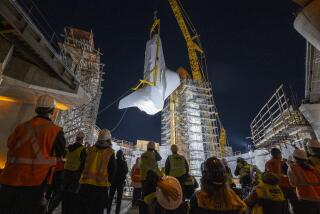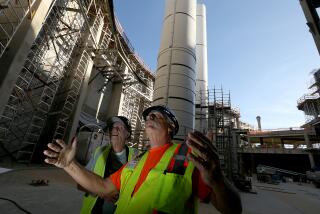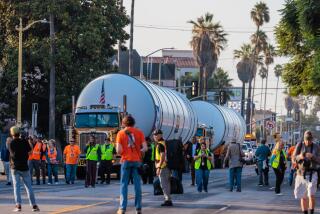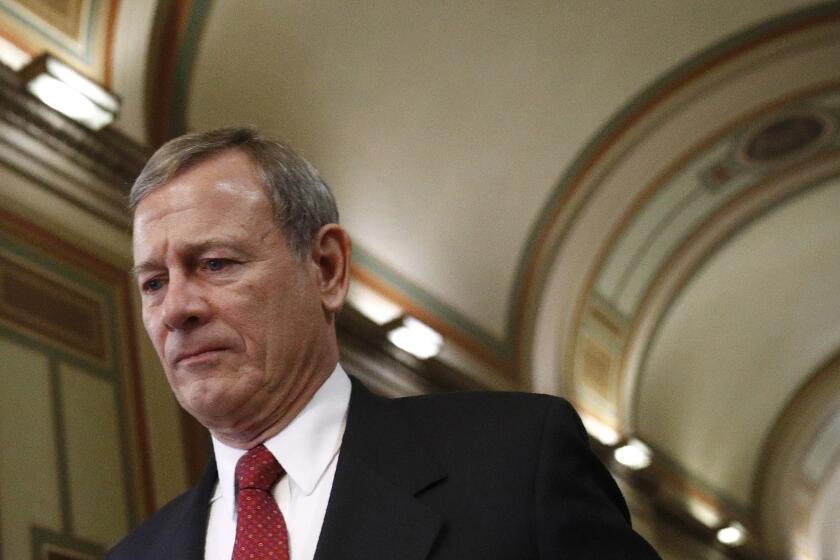Discovery reports for 8 days of work
- Share via
CAPE CANAVERAL, FLA. — Space shuttle Discovery arrived at the International Space Station on Tuesday, delivering one last set of solar wings that should boost the orbiting complex to full power.
The crafts linked up 220 miles above Australia.
“Welcome . . . we are dang glad to see you,” said Mike Fincke, the station’s skipper.
The two crews -- 10 people in all -- shook hands and hugged when the hatches between them swung open. Fincke paid a special welcome to newcomer Koichi Wakata, the “first long-duration Japanese guy in space ever.”
Before pulling up, commander Lee Archambault guided Discovery through a 360-degree backflip so the station astronauts could photograph its belly. Fincke said even though the station residents didn’t hear the go-ahead to take pictures because of communication system trouble, they got some good shots and the shuttle looked “clean, very nice.”
The digital pictures -- more than 200 of them -- were immediately transmitted to Earth. Experts will scrutinize the images for signs of launch damage, standard procedure after the 2003 Columbia disaster. A chunk of fuel-tank foam insulation smacked Columbia’s wing at liftoff, dooming the shuttle and its crew during reentry two weeks later.
Loaded aboard Discovery are two solar wings that will be installed at the space station this week. The electricity-producing panels will join six others already in place -- four on one side and two on the other -- and finally make the outpost look balanced and like the artist renderings.
The 115-foot solar wings are folded on a framework, or truss, that also holds a radiator. Altogether, the $300-million segment is the last major American-made space station piece that is needed.
Discovery also is bringing equipment for the space station’s new water-recycling system, which NASA would like to have working before the station’s crew grows from three to six at the end of May. The system is designed to convert astronauts’ urine and condensation into drinking water.
Discovery will spend eight days at the space station, and its crew will perform three spacewalks.
That’s two days and one spacewalk less than originally planned. Discovery needs to be gone by the middle of next week so a Russian spacecraft can deliver two fresh station crew members. That launch is set for March 26.
More to Read
Sign up for Essential California
The most important California stories and recommendations in your inbox every morning.
You may occasionally receive promotional content from the Los Angeles Times.










